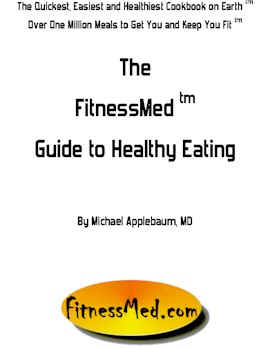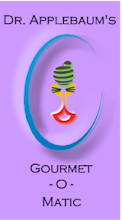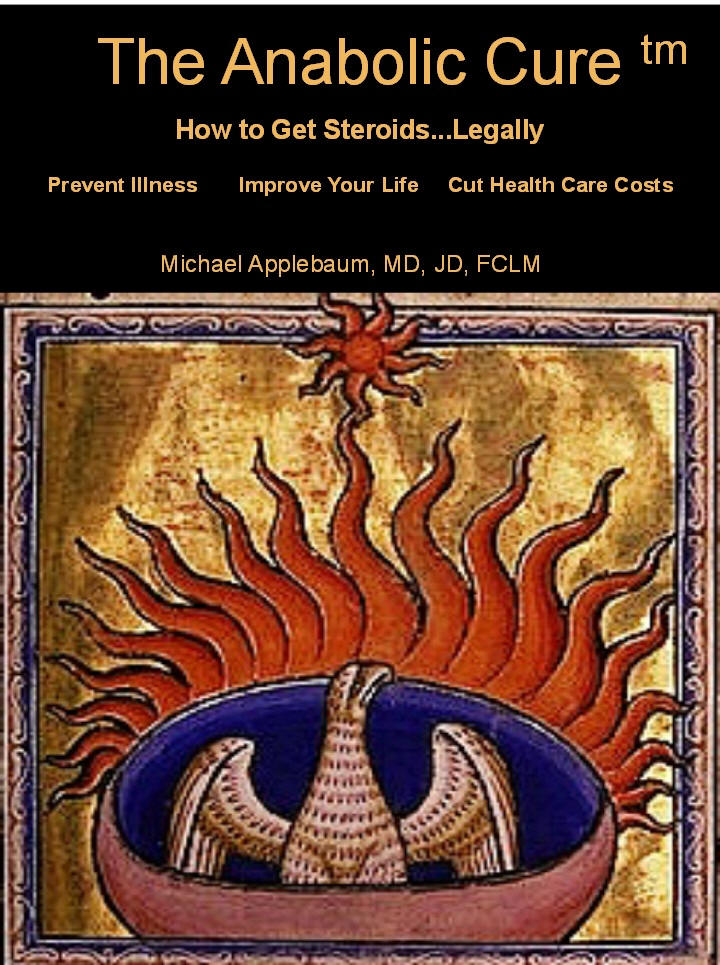Anonymous social networking — online and on smart phones — helps obese youth to cope with their condition, resist problem foods, manage their eating, and lose weight.Zero proof that this crappy approach works.
Robert Pretlow, MD, MSEE, from eHealth International in Seattle, Washington, has used an addiction medicine approach and designed a Web site and smart phone app to combat substance (food) abuse. He presented the program and some early results here at the 19th European Congress on Obesity.
His program involves anonymous social support networks, such as Alcoholics Anonymous and Gamblers Anonymous, Support groups are indispensable in addiction medicine, and anonymity is crucial to help avoid shame and embarrassment.
Users of the Weigh2Rock.com Web site enter their first names, heights, and weights; the system identifies them by their Internet protocol addresses so that the site can track them over time. Various information is stored on separate computer servers, and confidentiality is maintained.
From June 2000 to September 2010, 29,406 unique users 8 to 21 years of age (mean, 14.2 ± 2.0 years) anonymously posted 41,535 messages and 93,787 replies on the message board. Most users (94%) were female. Mean self-reported body mass index (BMI) was 33.7 ± 7.4 kg/m²...
Among the many tools in the program is one that allows kids to put a picture of their face (shot with the device's camera) on a body that they can make fatter or thinner to see how they would look, Dr. Pretlow explained. He said both views appear to motivate the users.
A tool to dissuade eating is a series of pictures of disgusting objects — bugs on food, rotting food, dead animals, a dirty toilet, and even worse. The kids say it really works when they have a food craving.
Dr. Pretlow has completed a 19-week pilot study with 12 participants, 10 to 23 years of age, who were in the 96th BMI percentile.
They lost an average of 4.8 kg and reduced their BMI by an average of 1.6 kg/m2. Mean weights decreased through week 5, rose a bit through week 8, and then decreased through week 16, when they essentially plateaued through week 19. A larger trial of the app involving 30 participants is scheduled to begin next month.
Just a bunch of self-serving hype.








No comments:
Post a Comment